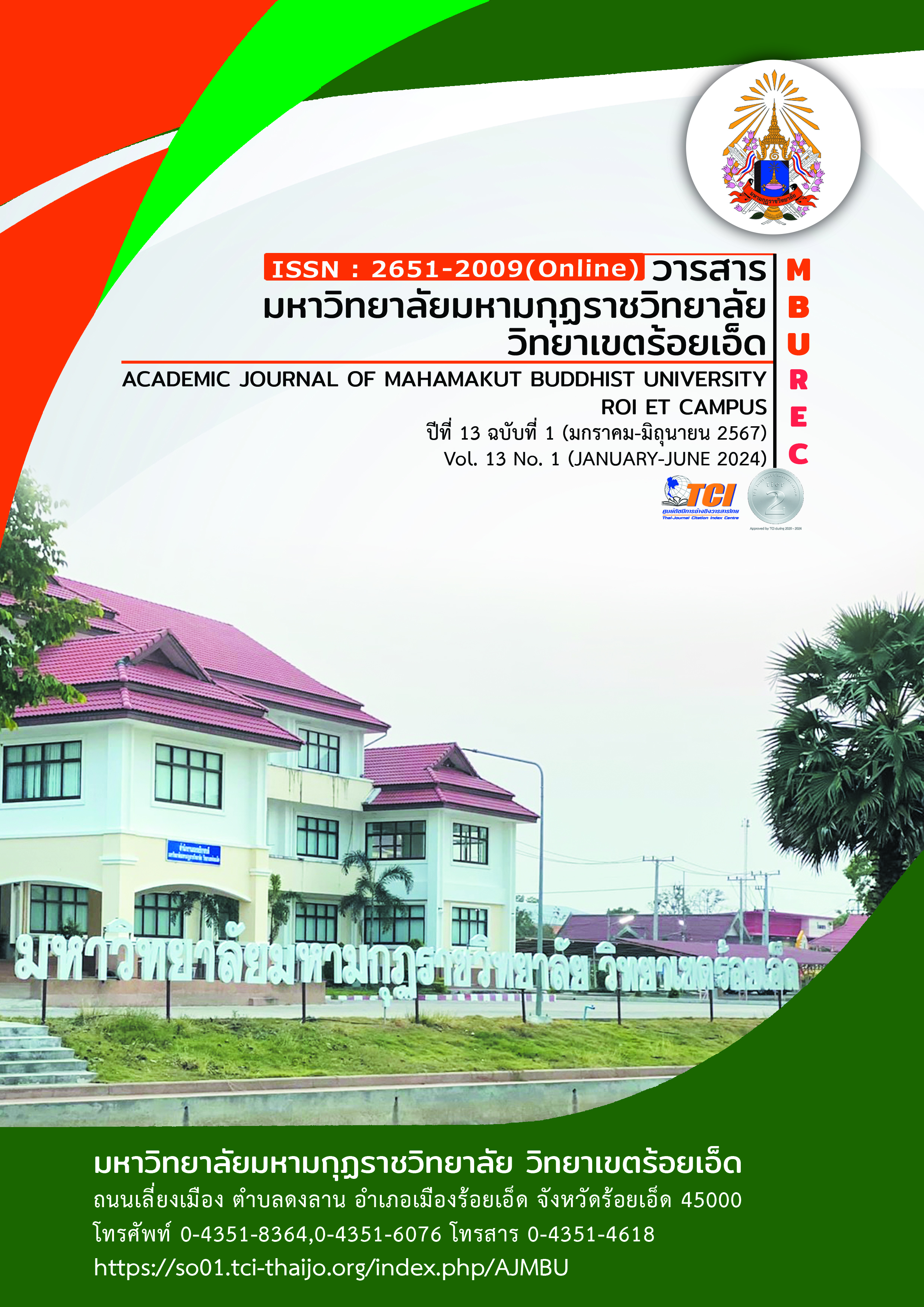DISCOURSE MODES AND IDEOLOGICAL CONTESTATION IN MARK TWAIN’S THE ADVENTURES OF HUCKLEBERRY FINN
Main Article Content
Abstract
This study investigates the use of discourse modes in the portrayal of contesting ideologies of racism and anti-racism in Mark Twain’s The Adventures of Huckleberry Finn. Using Robert Sutherland’s framework of inherent ideologies in children’s literature, this study specifically focuses on examining the persuasive strategies employed by these ideologies. Through comprehensive qualitative analysis, it becomes evident that the novel navigates between advocating anti-racism and subtly reinforcing racial ideologies, depicted primarily through portrayals of racial disparities and variations in discourse modes such as attack, advocacy, and assent. A significant revelation of this study is the influential role played by different discourse modes in shaping the reader’s interpretation and interaction with the ideological dimensions within the novel, highlighting the complex interplay of ideologies in literary texts.
Article Details

This work is licensed under a Creative Commons Attribution-NonCommercial-NoDerivatives 4.0 International License.
References
Eagleton, T. (1991). Ideology: An introduction. New York : Verso.
Fishkin, S. F. (1993). Was Huck black? Mark Twain and African-American voices. New Zealand : Oxford University Press.
Gribben, A. (2011). Mark Twain’s racial ideologies and the teaching of Huckleberry Finn. In J. R. Le Master, J. D. Wilson, & C. H. Salamo (Eds.). The Routledge Encyclopedia of Mark Twain. UK : Routledge.
Hinkins, J. (2007). “Biting the hand that feeds”: Consumerism, ideology, and recent animated film for children. Papers: Explorations into Children’s Literature. 17(1). 43-50.
Jameson, F. (2007). The political unconscious: Narrative as a socially symbolic act. Cornell University Press : Routledge.
Lazar, M. (2000). Gender, discourse, and semiotics: The politics of parenthood representations. Discourse & Society. 11(3). 373-400.
Nodelman, P., & Reimer, M. (2003). The pleasures of children’s literature. Boston : Allyn and Bacon.
Oatley, K. (2012). Such stuff as dreams: The psychology of fiction. Wiley : Blackwell.
Railton, S. (2003). Jim and Mark: The racial pedagogy of Huckleberry Finn. In S. F. Fishkin (Ed.), A Historical Guide to Mark Twain. New Zealand : Oxford University Press.
Rani, M., & Singh, N. (2018). Why “The Adventure of Huckleberry Finn” was banned in schools & colleges. Quest Journals Journal of Research in Humanities and Social Science. 6(9). 33-35.
Rush, S. E. (2003). Emotional segregation: Huckleberry Finn in the modern classroom. Michigan Journal of Law Reform. 36. 305-366.
Schultz, M. (2011). Upcoming New South 'Huck Finn' eliminates the 'N' word. Publishers Weekly. Retrieved 3 January 2022. From https://www.publishers weekly.com/pw/by-topic/industry-news/publisher-news/article/45645-upco ming-newsouth-huck-finn-eliminates-the-n-word.html
Shalabi, I. (2016). Social Criticism in Mark Twain’s The Adventures of Huckleberry Finn. International Journal on Studies in English Language and Literature. 4(12). 7-12.
Stephens, J., & Watson, K. (Eds.). (1994). From picture book to literary theory. Sydney : St. ClairPress.
Sutherland, R. D. (1985). Hidden persuaders: political ideologies in literature for children. Children’s Literature in Education. 16(3). 143-157.
Twain, M. (2004). The Adventures of Huckleberry Finn. Florida : Dover Publications.


